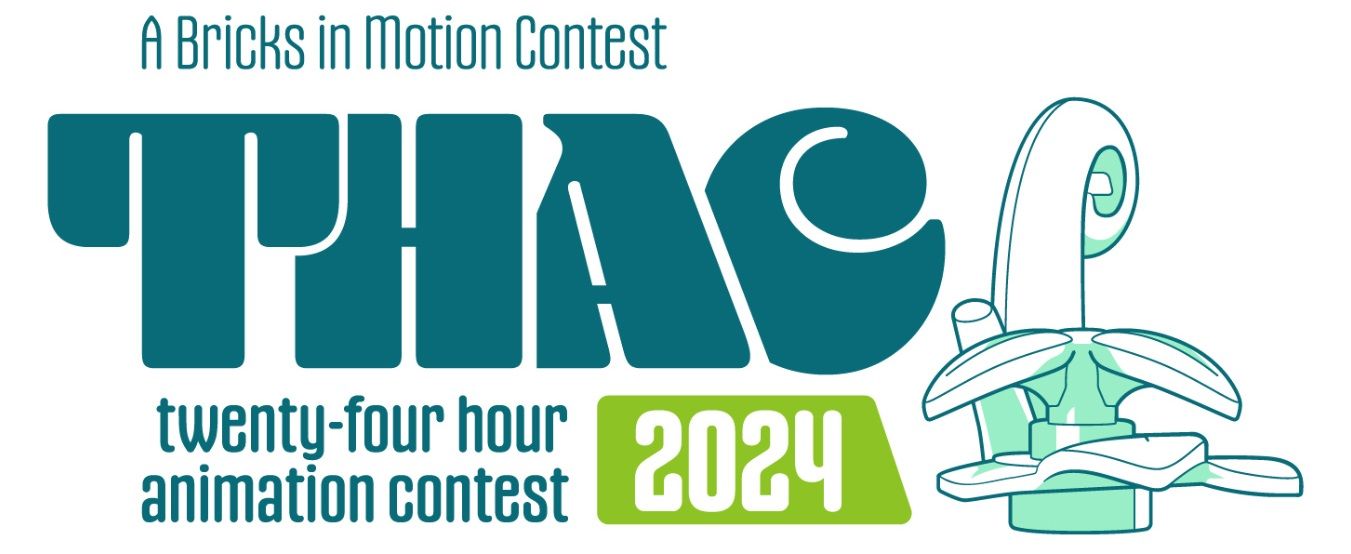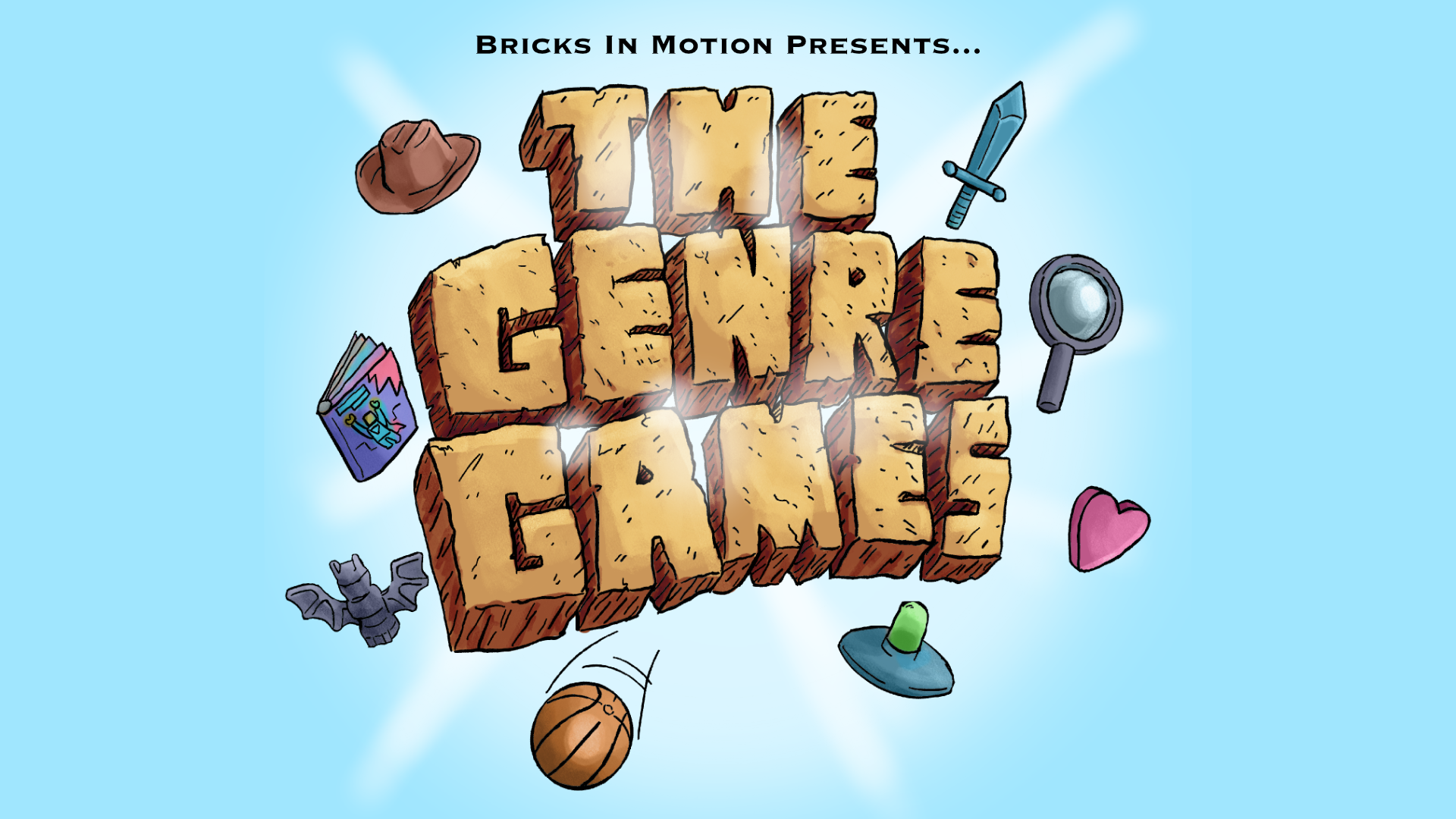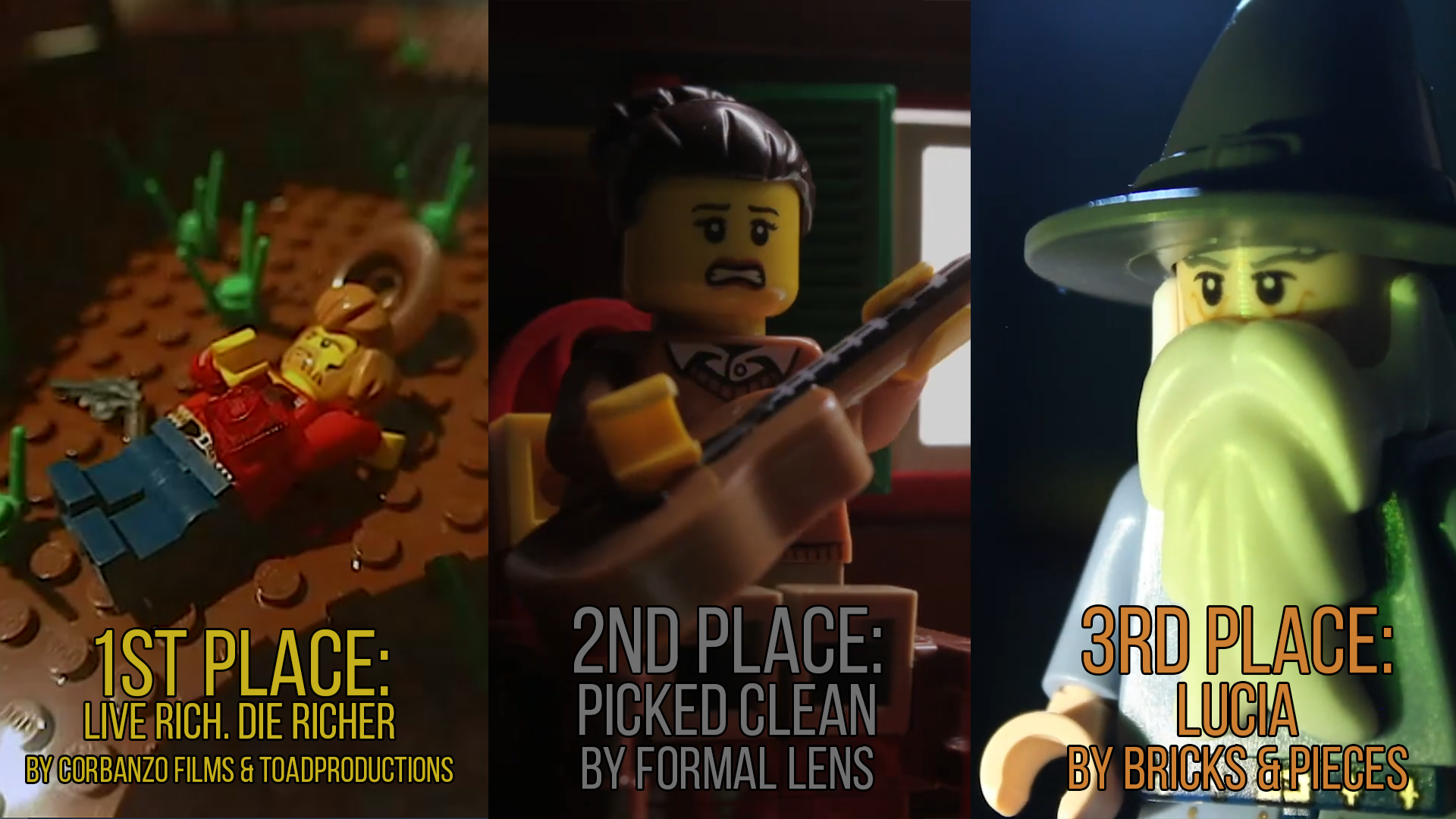I have learned both lessons above the hard way: by figuring it out myself. It IS best not to move the minifigures too much while animating, and it is best to move the characters only during points of emphasis. I also think it's good to start the minifigure's movement 2 to 4 frames before the point of emphasis, 2 if there's no anticipation movement and 4 if there is. This is for 30 or 24 fps. divide in half if doing 15 or 12. It's also best to use broader movements when the stress points are stronger.
I use Vegas studio, so I actually just find the point in the waveform where the emphasis appears (and listen just to verify), then stretch the static frame to just before that point, then insert my animation there. For me, it's a shortcut to using an X sheet.
It's a good idea to watch other videos to see what works. The technique I gave appears in my video "Holding Our Own: episode 1." It best to watch the third segment (1c) because by then I've had more experience animating to the dialog. Actually I also did speaking animation in a few traditionally-animated shorts, but it's a totally different technique. Check out the videos of the others who gave advice here, as their videos are technically far superior to my own. I do my best, but I try to make the writing the real strength.
When you watch my video, you'll see that I have a "neutral" position for each figure, which I call "First position". Then I have a limited number of stock movements that all return to first position or other keyframes. This way, I can mix up the order of the movements, but recycle the animation for several instances of dialogue.
Last edited by HoldingOurOwn (January 3, 2013 (08:05am))
https://vimeo.com/channels/holdingourown http://holding-our-own.tumblr.com"None practice tolerance less frequently than those who most loudly preach it."











